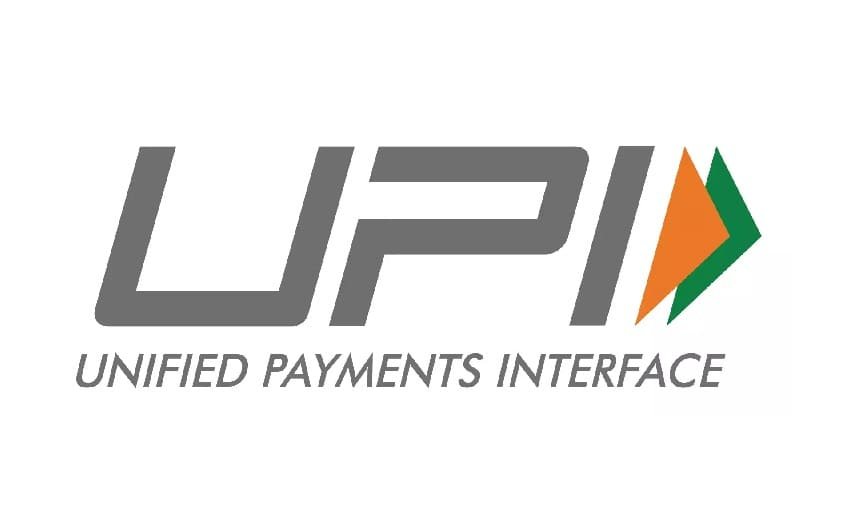Unified Payments Interface (UPI): A Gamechanger for India
The Unified Payments Interface (UPI) has revolutionized the financial landscape in India, transforming the way transactions are conducted. Introduced by the National Payments Corporation of India (NPCI) in 2016, UPI has made digital payments seamless, instant, and secure. This article delves into the intricacies of UPI, its impact on the Indian economy, its role in financial inclusion, and the technological innovations that underpin its success.
What is UPI?
The Unified Payments Interface (UPI) is a real-time payment system that allows users to link multiple bank accounts into a single mobile application, merging several banking features, seamless fund routing, and merchant payments into one platform. It facilitates peer-to-peer and peer-to-merchant transactions through a smartphone app.
Key Features of UPI
- Instant Transactions: UPI enables instant transfer of funds between bank accounts on a 24/7 basis, including holidays.
- Interoperability: Users can link multiple bank accounts to a single UPI app, making it easier to manage finances.
- QR Code Payments: UPI supports payments through QR codes, simplifying transactions for both consumers and merchants.
- VPA (Virtual Payment Address): Transactions can be conducted using a VPA, eliminating the need to share sensitive bank details.
Why UPI is a Gamechanger for India
Financial Inclusion
UPI has played a pivotal role in promoting financial inclusion in India. By making banking accessible to everyone with a smartphone, UPI has brought millions of unbanked individuals into the formal financial system. This has empowered people in rural and remote areas, enabling them to participate in the digital economy.
Cashless Economy
India has traditionally been a cash-dependent economy. UPI has significantly reduced the reliance on cash by providing a convenient alternative for everyday transactions. This shift towards a cashless economy has numerous benefits, including reduced costs associated with cash handling and increased transparency in financial transactions.
Economic Growth
UPI has stimulated economic growth by facilitating small and medium-sized enterprises (SMEs). It has made it easier for businesses to accept digital payments, thus expanding their customer base and improving cash flow management. Additionally, UPI’s low transaction costs have encouraged widespread adoption among merchants.
Technological Innovation
UPI is a prime example of technological innovation in the financial sector. Its open API architecture has enabled the development of various fintech applications, fostering a competitive and innovative ecosystem. This has led to the emergence of numerous UPI-based apps offering diverse services, from bill payments to investments.
UPI’s Role in the Digital Economy
E-commerce and Retail
UPI has become a preferred mode of payment for e-commerce platforms and retail businesses. Its seamless integration with online shopping websites and mobile apps provides a hassle-free payment experience for consumers, boosting online sales and enhancing the digital economy.
Government Initiatives
The Indian government has leveraged UPI for various initiatives aimed at digitizing the economy. Schemes like Digital India and the push for a cashless economy have found strong support in UPI, which has been instrumental in driving these initiatives forward.
International Expansion
UPI’s success in India has sparked interest internationally. Countries are looking at UPI as a model for developing their digital payment systems. The NPCI has been in discussions to export UPI technology to other nations, potentially making it a global standard for digital payments.
Challenges and Future Prospects
Security Concerns
While UPI is secure, the rapid adoption of digital payments has also attracted cybercriminals. Ensuring robust security measures and educating users about safe practices are critical to maintaining trust in the system.
Infrastructure Development
Continued investment in infrastructure is necessary to support the growing volume of transactions on UPI. This includes enhancing network capabilities and ensuring reliable connectivity in rural areas.
Regulatory Framework
A supportive regulatory framework is essential for the sustained growth of UPI. Policymakers need to strike a balance between innovation and regulation to foster a secure and efficient payment ecosystem.
Innovation and Integration
The future of UPI lies in continuous innovation and integration with emerging technologies. This includes exploring opportunities in blockchain, artificial intelligence, and expanding UPI’s capabilities to accommodate new use cases and services.
Conclusion
UPI has undoubtedly been a transformative force in India’s financial sector. Its ability to provide a fast, secure, and interoperable payment solution has redefined the way transactions are conducted. By promoting financial inclusion, fostering economic growth, and driving technological innovation, UPI has set a benchmark for digital payment systems worldwide. As India continues to advance towards a digital economy, UPI will remain at the forefront, shaping the future of payments and financial services.
